Evolutionary Genetics of Interactions Group
Members
Stagiaire
UCBL
Stagiaire
UCBL

Ingénieur d'études CDD
CNRS

Maître de conférences
UCBL
Tel: 04 72 43 29 16

Post-doc
CNRS

Chargé de recherche
CNRS
Tel: 33 04 72 44 81 01
Post-doc
CNRS
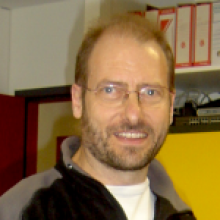
Chargé de recherche
CNRS
Tel: 33 04 72 43 29 12

Maîtresse de conférence universitaire
UCBL
Tel: 04 72 43 29 16
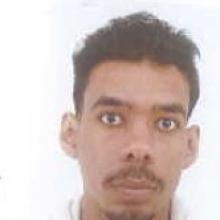
Stagiaire
UCBL
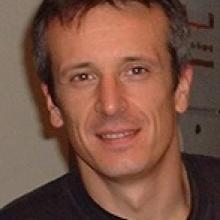
Professeur des universités
UCBL
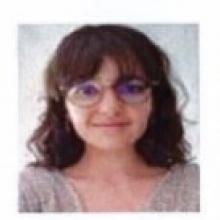
Doctorante
CNRS
Tel: 04 72 44 81 42

Doctorant
UCBL
Tel: 04 72 44 81 42
Post-doc
CNRS
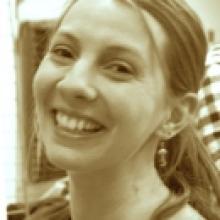
Chargée de recherche
CNRS
Tel: 33 04 72 44 81 01
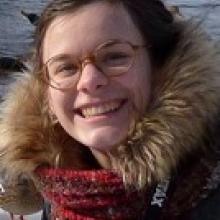
Doctorante
INSA
Tel: 04 72 44 81 42
Post-doc
CNRS
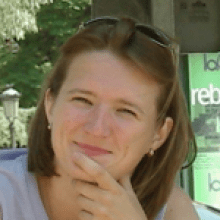
Maîtresse de conférences
UCBL
Tel: 04 72 43 29 10

Doctorante
UCBL
Tel: 04 72 44 81 42
Doctorante
UCBL
Stagiaire
UCBL
Doctorante
UCBL
Stagiaire
UCBL
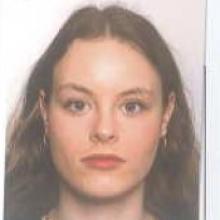
Stagiaire
UCBL

Maître de conférence universitaire
UCBL
Tel: 33 04 72 44 81 01

Directeur de recherche
CNRS
Tel: 33 04 72 43 19 21

Professeure des universités
UCBL
Tel: 33 04 72 44 82 16

Doctorant
UCBL
Tel: 04 72 44 81 42
Professeur des universités
VetAgro-Sup
Tel: 33 04 78 87 27 02
Living systems are made up of a multitude of interlocking levels of organization, involving cooperation and conflict. Cooperation and the selection of systems operating in a coordinated manner has allowed so-called "major" evolutionary transitions, towards new scales of individuality, such as the eukaryotic cell. Nevertheless, natural selection continues to operate at all scales, generating possible evolutionary conflicts between the different components of the individual.
Our research is in line with this perspective, and aims to better understand the nature and evolutionary implications of the interactions between the multiple components of organisms, from genes to symbiotic bacteria, viruses and transposable elements. We also explore the impact of these interactions on the dynamics of genetic information, through horizontal transfer, or on genetic innovation and adaptation, through domestication. Our research, mainly experimental, but also theoretical, is implemented on arthropod models, and is mainly related to genetics and evolutionary genomics.
The team is structured along two main axis:
- Intragenomic interactions: transposable elements (resp. Marie Fablet)
Ex1: The evolutionary dynamics of transposable elements (TEs) in genomes, in relation to their natural variability. Our models include natural populations of Drosophila melanogaster and D. simulans, as well as species of agronomic or societal interest, such as the invasive species D. suzukii or the tiger mosquito Aedes albopictus.
Ex2: Interactions between ET control and anti-viral immunity. We are studying the molecular mechanisms of RNA interference at the origin of the entanglement of these two processes, as well as the co-evolutionary implications, using experimental infections of different viruses on several Drosophila lines.
People involved : CV, MB, MF
- Symbiosis, the driving force of evolution (resp. Natacha Kremer)
Ex1 : Certain symbiotic bacteria provide metabolic capacities that the insect lacks. We are analysing these interactions in haematophagous insects (bedbugs, ticks) and phytophagous insects (the whitefly Bemisia tabaci) using approaches combining phenotype analysis, genetics, physiology and metabolomics.
Ex2: Parasitoid insects have domesticated viral genes enabling them to bypass the immune responses of their hosts. We are studying the frequency and adaptive significance of these events and, more generally, looking into the factors structuring horizontal transfers in host-parasitoid communities.
People involved: NK, LM, LZ, JMD, JV, FV, SC
Publications
Display of 421 to 450 publications on 460 in total
Evolution of genome size in Drosophila. is the invader`s genome being invaded by transposable elements?
Molecular Biology and Evolution . 19 : 1154-1161
Journal article
see the publicationEvolution de l’incompatibilité cytoplasmique associée à la bactérie Wolbachia
Thesis
see the publicationEvolution of Wolbachia-induced cytoplasmic incompatibility in Drosophila simulans and D. sechellia
Evolution - International Journal of Organic Evolution . 56 : 1735-42
Journal article
see the publicationPartial compensation of the sublethal effect of deltamethrin on the sex pheromonal communication of Trichogramma brassicae
Chemosphere . 42 : 985-991
Journal article
see the publicationModification by the Insecticide Chlorpyrifos of the Behavioral Response to Kairomones of a Parasitoid Wasp Leptopilina boulardi.
Archives of Environmental Contamination and Toxicology . 41 : 436-442
Journal article
see the publicationRemoving symbiotic Wolbachia bacteria specifically inhibits oogenesis in a parasitic wasp
Proceedings of the National Academy of Sciences of the United States of America . 98 : 6247-6252
Journal article
see the publicationWithin-species diversity of Wolbachia-induced cytoplasmic incompatibility in haplodiploid insects
Evolution - International Journal of Organic Evolution . 55 : 1710-1714
Journal article
see the publicationDid Wolbachia cross the border?
Trends in Ecology & Evolution . 16 : 540-541
Journal article
see the publicationOn the mod resc model and the evolution of Wolbachia compatibility types
Genetics . 159 : 1415-22
Journal article
see the publicationWolbachia-induced cytoplasmic incompatibility
Symbiosis . -- : 621-644
Book chapter
see the publicationTransposable elements and genome evolution of invasive species: the case of Drosophila
Genetics Selection Evolution . 33 : S107-S120
Journal article
see the publicationRemoving the symbiotic bacteria Wolbachia inhibits oogenesis in a parasitic wasp.
Proceedings of the National Academy of Sciences of the United States of America . ( 98 ) : 6247-6252
Journal article
see the publicationCytoplasmic incompatibility and maternal-haploid
Trends in Genetics . 17 : 440-1
Journal article
see the publicationWolbachia mitochondria and sterility
Trends in Ecology & Evolution . 16 : 431-432
Journal article
see the publicationEvidence for female mortality in Wolbachia-mediated cytoplasmic incompatibility in haplodiploid insects: Epidemiologic and evolutionary consequences
Evolution - International Journal of Organic Evolution . 54 : 191-200
Journal article
see the publicationLes Wolbachia bactéries endosymbiotiques parasites de la reproduction des Arthropodes : Circulation diversité et évolution des effets dans un complexe parasitaire
incollection . -- : 95-99
Journal article
see the publicationSurvey of Alouatta palliata at the Bilsa biological reserve north-west Ecuador
Neotropical Primates . 8 : 40-44
Journal article
see the publicationGenotype-environment interaction for quantitative trait loci affecting life span in Drosophila melanogaster
Genetics . 154 : 213-227
Journal article
see the publicationHigh copy numbers of multiple transposable element families in an Australian population of Drosophila simulans
Genetical Research . 76 : 117-119
Journal article
see the publicationPhysiological cost induced by the maternally-transmitted endosymbiont Wolbachia in the Drosophila parasitoid Leptopilina heterotoma
Parasitology . 121 : 493-500
Journal article
see the publicationAdaptive signi. cance of a circadian clock: temporal segregation of activities reduces intrinsic competitive inferiority in Drosophila parasitoids
The Royal Society . 267 : 1005-1010
Journal article
see the publicationDeficiency mapping of quantitative trait loci affecting longevity in Drosophila melanogaster
Genetics . 156 : 1129-1146
Journal article
see the publicationModifications of the sex pheromonal communication of Trichogramma brassicae by a sublethal dose of deltamethrin
Chemosphere . 38 : 729-739
Journal article
see the publicationWake up of transposable elements following Drosophila simulans worldwide colonization
Molecular Biology and Evolution . 16 ( 9 ) : 1251-1255
Journal article
see the publicationTransposable elements and genome evolution: the case of Drosophila simulans
Genetica . 107 : 113-120
Journal article
see the publicationPhylogenetic evidence for horizontal transmission of Wolbachia in host-parasitoid associations
Molecular Biology and Evolution . 16 : 1711-1723
Journal article
see the publicationPhylogenetic status of a fecundity-enhancing Wolbachia that does not induce thelytoky in Trichogramma
Insect Molecular Biology . 8 : 67-72
Journal article
see the publicationSublethal effects of the insecticide chlorpyrifos on the sex pheromonal communication of Trichogramma brassicae
Chemosphere . 36 : 1775-1785
Journal article
see the publication